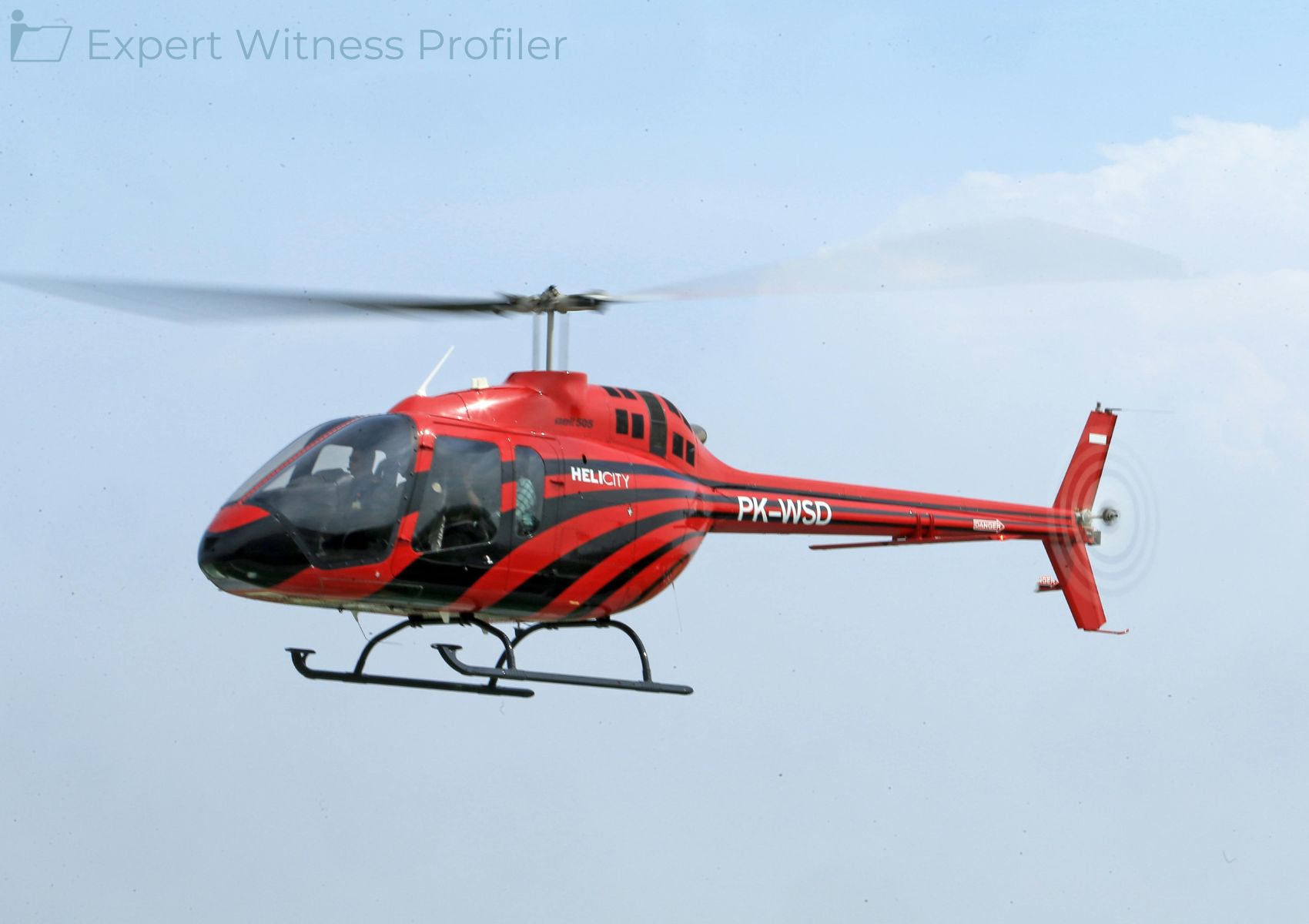Metallurgical Engineering Expert Was Not Allowed to Testify About the “Expected” Performance of Golf Clubs
Posted on August 22, 2025 by Expert Witness Profiler
This is a products liability action involving a Callaway Rogue X 5 Iron golf club with a True Temper XP95 shaft that fractured. Plaintiff alleged that the shaft cut his finger and broke his index-finger bone on his right hand. It is undisputed that True Sports manufactured the shaft of the Five Iron.
Joseph P. Crosson and Joseph A. Lemberg were among the experts retained to opine on the Five Iron’s potential defectiveness.
Crosson, Plaintiff’s engineering expert, testified that based on various markings on the Five Iron, he believed it had been swung multiple times prior to its fracture. True Sports and Callaway filed Daubert motions seeking to exclude various parts of Crosson’s expert testimony.
Callaway identified Lemberg as an expert engineer, and Lemberg found no evidence of a design or manufacturing defect having caused or contributed to the fracture of the Five Iron. Plaintiff filed a motion in limine to exclude parts of Lemberg’s expert testimony.

Metallurgical Engineering Expert Witnesses
Joseph P. Crosson holds both a Bachelor of Science and Master of Science in metallurgical engineering and has been conducting root cause failure analysis investigations for several decades.
Joseph Aaron Lemberg is a licensed metallurgical engineer specializing in failure analysis, fracture mechanics, metallurgy, and materials science engineering with a particular emphasis on understanding the fracture behavior of materials.
Discussion by the Court
A. True Sports and Callaway’s Motions to Exclude Crosson’s Testimony
True Sports filed a motion to exclude Crosson’s testimony that the fracture occurred during a normal golf swing and was not the result of misuse or abuse, arguing his opinion is unreliable and irrelevant. Callaway filed a motion to exclude Crosson’s opinion that he would not expect a golf club to fracture during a normal golf swing because Crosson is not qualified to render opinions about a club’s expected performance, and his opinion is a backdoor attempt to bring in a “res ipsa” opinion that is both unreliable and irrelevant. Plaintiff opposed both motions, arguing Crosson is qualified to speak on both matters and his analysis was based on reliable processes and methodologies.
1. Crosson’s Opinion that the Fracture Occurred During a Normal Golf Swing
True Sports contended that Crosson’s testimony stating the fracture occurred during a normal golf swing and was not the result of misuse or abuse is both unreliable and irrelevant because it is a speculative conclusion not based on any scientific analysis and therefore does not assist the trier of fact.
The Court found Crosson’s testimony that the fracture occurred during a normal golf swing is sufficiently reliable. He represented that in examining the Five Iron, he relied on his experience and visual and photographic examinations of the Five Iron, a metallographic analysis, Vickers microhardness testing, and a compositional analysis.
In assessing the causal nature of the Five Iron’s condition, Crosson relied on its physical appearance, personal experience, and the angles of the abrasions and transferred materials. Specifically, Crosson testified that the perpendicular angles of the markings on the Five Iron suggested they were incurred during a normal swing, and the nature of the deformity in the shaft was consistent with a single event overstress fracture. Because Crosson relied on his experience in root cause analysis, the angular nature of the abrasions, and other deformities on the Five Iron to form his opinion that the club fractured during a normal swing, the Court held that his opinion is sufficiently reliable and assists the trier of fact.
2. Crosson’s Opinion that He Would Not Expect a Golf Club to Fracture During a Normal Golf Swing
Callaway argued Crosson’s opinion that he would not expect a properly designed and manufactured golf club to fracture during a normal golf swing should be excluded.
While Crosson admittedly is not an expert in golf club design or manufacturing, his area of expertise includes evaluating and conducting root cause failure analyses of metallic components. As such, the Court held that his expertise in metal component failures makes him sufficiently qualified to offer an expert opinion as to the expected performance and durability of a metal shaft on a golf club.
Callaway also argued that, even if Crosson is qualified, his res ipsa-flavored opinion should be excluded because he points to no data, tests, or measurements in reaching the conclusion that a non-defective club would not fracture during a normal swing, and, as such, this opinion is unreliable.
Plaintiff again relied on Crosson’s extensive visual examination of the abrasions and strike marks to argue this opinion is sufficiently reliable. However, Plaintiff failed to explain how a visual examination of this specific Five Iron informs his expectations about golf club performance generally. Moreover, Crosson admitted he could not render an opinion as to the Five Iron’s design or golf club design generally, nor did he calculate the Five Iron’s load bearing capacity or know the industry standard load bearing capacity.
Callaway further argued this opinion should be excluded because it requires “a large analytical leap” and therefore did not satisfy Daubert‘s “fit” test. The Court held that this conclusion, seemingly based solely on Crosson’s experience as a recreational golfer, did not assist the trier of fact or offer anything other than the type of speculation that is more appropriate for Plaintiff’s closing argument.
B. Plaintiff’s Motion to Exclude Lemberg’s Testimony
Lemberg opined that misuse, mishandling, or abuse of the subject club cannot be ruled out as a cause of the shaft fracture.
Lemberg relied on largely the same scientific methodologies as Plaintiff’s expert, Crosson, which the Court found herein to be sufficiently reliable. And Lemberg’s opinion, based on scientific examinations and analyses, assisted the trier of fact by explaining how various features of the Five Iron – such as the unknown red material, dirt, scuff marks, misalignments, and the shaft’s deformity – are consistent with misuse or abuse.
Lemberg’s second opinion with which Plaintiff takes issue stated: “My examination of available shaft remnants did not reveal any evidence of shaft design or manufacturing defects that could be partially or wholly responsible for the fracture of the shaft.” Plaintiff argued that this opinion is unreliable because it contradicted Lemberg’s statement in his deposition that the Five Iron’s misalignment and deformity could have been introduced during the manufacturing and design processes.
In his deposition, Lemberg consistently stated that his inspection of the Five Iron showed it met True Sports’ specifications and he found nothing wrong with its material properties, nor did he find any metallurgical defects.
He later was able to review the inspection processes in place and confirmed that if the deformity was introduced during manufacturing, it would have been caught during inspection, rendering him able to narrow the window of time in which it could have been introduced.
Held
- The Court denied True Sports’ motion to exclude the testimony of Joseph Crosson.
- The Court granted Callaway’s motion to exclude Crosson’s opinion that a properly designed and manufactured golf club should not break during the normal course of use.
- The Court denied Plaintiff’s motion in limine to exclude the opinions of Joseph Lemberg.
Key Takeaway:
While directly contradicting opinions could raise concern, the Court agreed with Callaway that Plaintiff’s reiteration of Lemberg’s opinions is not wholly accurate. The Court found Lemberg’s opinion that his examination did not reveal any evidence of shaft design or manufacturing defects that could be partially or wholly responsible for the fracture of the shaft sufficiently reliable.
Case Details:
| Case Caption: | Spivey V. Topgolf Callaway Brands, Corp. |
| Docket Number: | 6:24cv4 |
| Court Name: | United States District Court, Georgia Southern |
| Order Date: | August 20, 2025 |





